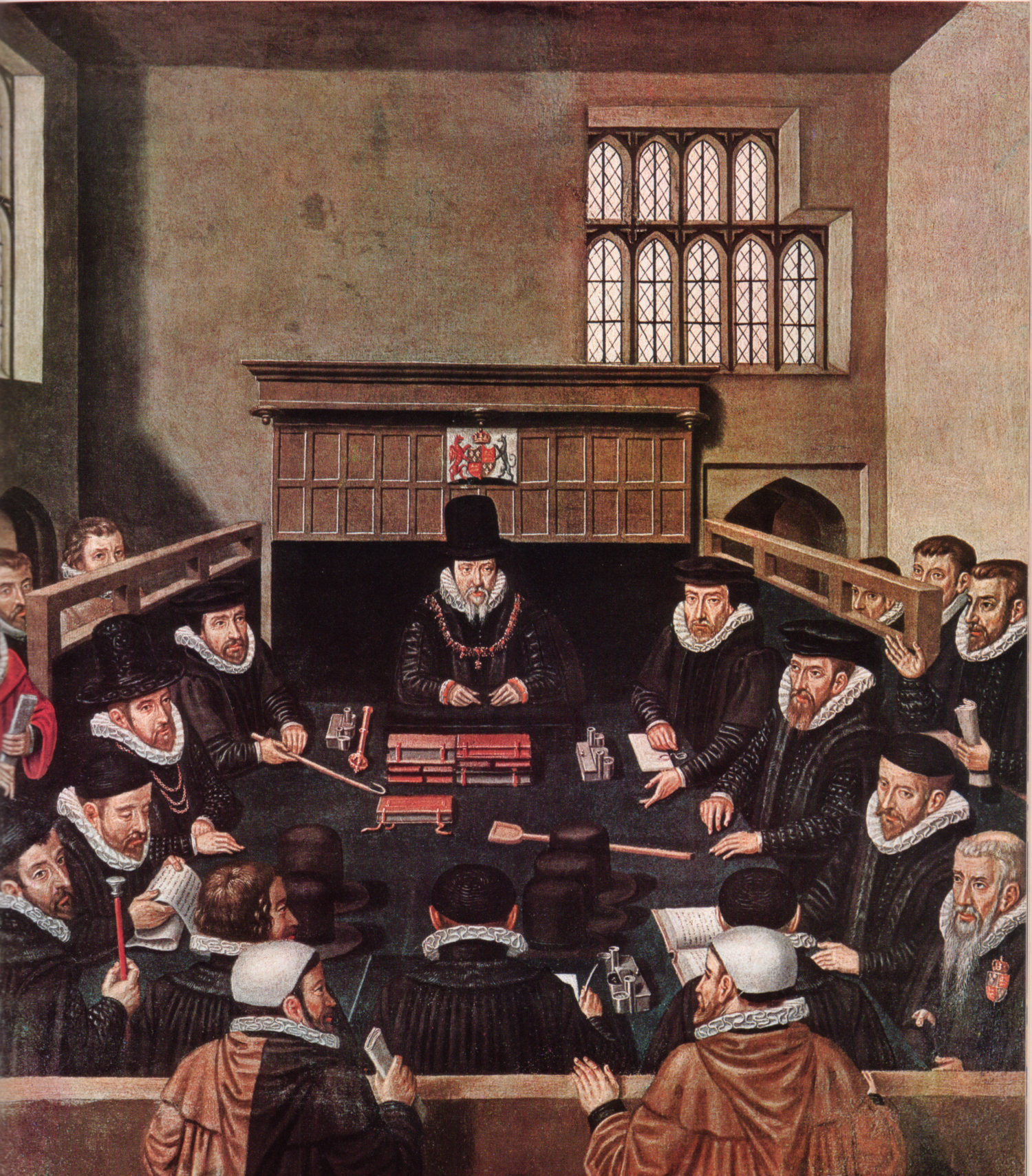|
Wandesford Family
Wandesford may refer to: *Christopher Wandesford (1592–1640), English administrator and Member of Parliament *John Wandesford (1593–1665), English Member of Parliament *Michael Wandesford Michael Wandesford was an Anglican priest in the early seventeenth century. He was the son of George Wandesford and Catharine Hanby, and the brother of Christopher Wandesford, who was to be Lord Deputy of Ireland in 1640, Michael Wandsford wa ..., an Anglican priest in the early seventeenth century. *Sir Rowland Wandesford (c. 1560-c. 1652), attorney of the Court of Wards and Liveries See also * Christopher Wandesford (other) {{surname ... [...More Info...] [...Related Items...] OR: [Wikipedia] [Google] [Baidu] |
Christopher Wandesford
Christopher Wandesford (24 September 1592 – 3 December 1640) was an English administrator and politician who sat in the House of Commons between 1621 and 1629. He was Lord Deputy of Ireland in the last months of his life. Life Wandesford was born on 24 September 1592 at Bishop Burton, near Beverley, Yorkshire, the son of Sir George Wandesford (1573–1612) of Kirklington, Yorkshire and his wife Catherine Hansby, daughter of Ralph Hansby of Gray's Inn. Educated at Clare College, Cambridge, and Gray's Inn, he entered Parliament as MP for Aldborough in 1621 and 1624. He was then returned for Richmond in 1625 and 1626 and Thirsk in 1628. His rise to importance was due primarily to his close friendship with Sir Thomas Wentworth, afterwards Earl of Strafford, who was his distant cousin. Although at first hostile to Charles I, as shown by the active part he took in the impeachment of George Villiers, 1st Duke of Buckingham, Wandesford soon became a royalist partisan, and in 1633 ... [...More Info...] [...Related Items...] OR: [Wikipedia] [Google] [Baidu] |
John Wandesford
John Wandesford (1593–1665) of Kirklington, Yorkshire was an English politician who sat in the House of Commons at various times between 1624 and 1665. Wandesford was the 2nd son of Sir George Wandesford of Kirklington and his wife Catherine Hansby of Beverley. He was the brother of Christopher Wandesford. He was educated at Cambridge University and admitted to study law at Gray's Inn on 28 February 1613. In April 1624, Wandesford was elected Member of Parliament for Richmond, after which he was appointed consul in Aleppo. He was later elected to represent Hythe in the Short Parliament of 1640. A Royalist, he spent the Interregnum in exile in Paris, but after the Restoration of the Monarchy Restoration is the act of restoring something to its original state and may refer to: * Conservation and restoration of cultural heritage ** Audio restoration ** Film restoration ** Image restoration ** Textile restoration *Restoration ecology ... was finally elected again for Rich ... [...More Info...] [...Related Items...] OR: [Wikipedia] [Google] [Baidu] |
Michael Wandesford
{{Ireland-Anglican-clergy-stub ...
Michael Wandesford was an Anglican priest in the early seventeenth century. He was the son of George Wandesford and Catharine Hanby, and the brother of Christopher Wandesford, who was to be Lord Deputy of Ireland in 1640, Michael Wandsford was appointed Dean of Limerick in May 1635; and Dean of Derry in November 1635. He died in 1637.M. H. Cooper, ''Memorials of Cambridge'' (Cambridge: CUP, 1872), p. 113. References 17th-century Irish Anglican priests Deans of Limerick Deans of Derry 1637 deaths Michael Michael may refer to: People * Michael (given name), a given name * Michael (surname), including a list of people with the surname Michael Given name "Michael" * Michael (archangel), ''first'' of God's archangels in the Jewish, Christian an ... [...More Info...] [...Related Items...] OR: [Wikipedia] [Google] [Baidu] |
Court Of Wards And Liveries
The Court of Wards and Liveries was a court established during the reign of Henry VIII in England. Its purpose was to administer a system of feudal dues; but as well as the revenue collection, the court was also responsible for wardship and livery issues. The court was established from 1540 by two Acts of Parliament, Court of Wards Act 1540 (''32 Henry VIII c. 46'') and the Wards and Liveries Act 1541 (''33 Henry VIII c. 22''). As Master of the Court, from 1561, William Cecil was responsible for the upbringing of orphaned heirs to peerages and also, until they came of age, for the administration of their estates. In 1610, King James I attempted to negotiate with Parliament a regular income of £200,000 a year in return for the abolition of the hated Court of Wards. While the negotiations failed, the episode showed Parliament that the royal prerogative could be up for sale. In February 1646 (New Style), during the English Civil War, the Court of Wards and Liveries lost its ... [...More Info...] [...Related Items...] OR: [Wikipedia] [Google] [Baidu] |
